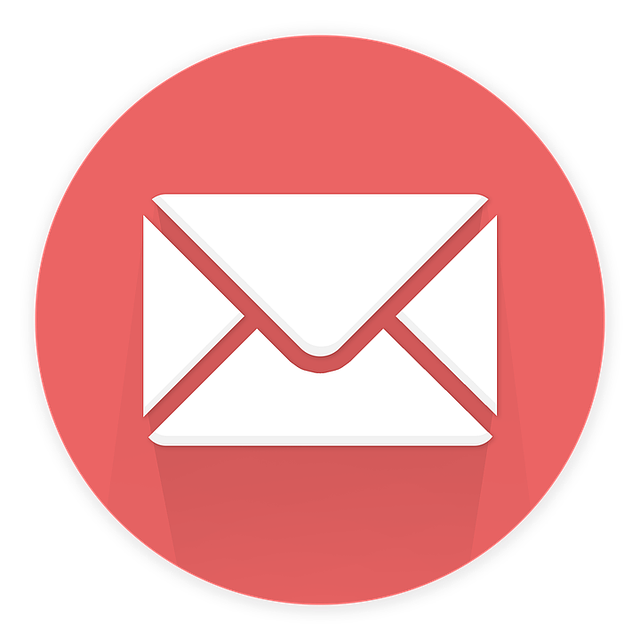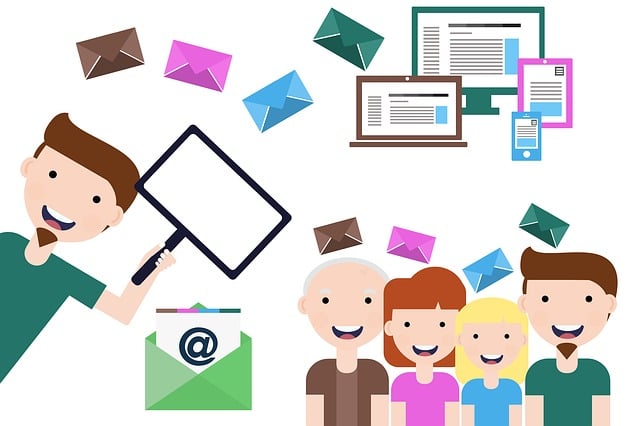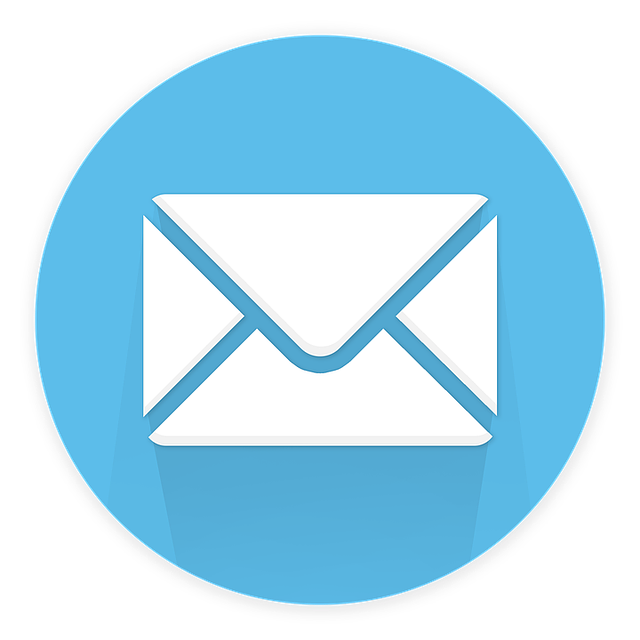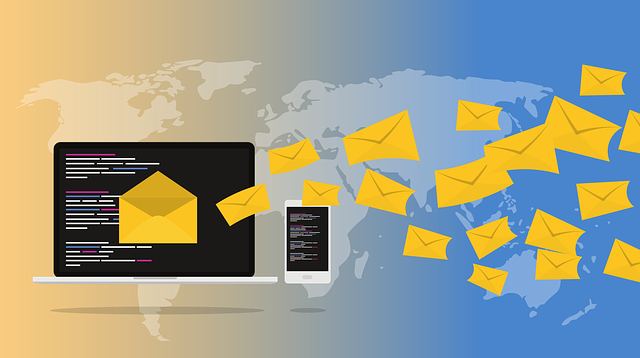Are you shooting yourself in the foot when it comes to your email marketing strategy? In the fast-paced world of SaaS companies, it’s crucial to avoid common mistakes that can hinder your success. After all, the early bird catches the worm, and you don’t want to be left behind in the race.
One of the biggest blunders SaaS companies make is the lack of personalization in their emails. Your subscribers want to feel like you’re speaking directly to them, not just sending out generic messages. Additionally, failing to segment your email list can lead to missed opportunities for targeted messaging and higher engagement.
Another pitfall to avoid is neglecting to optimize your subject lines. This is your first impression, and a compelling subject line can make all the difference in whether your email gets opened or sent straight to the trash.
Don’t let these mistakes hinder your email marketing efforts. In this article, we’ll dive into the top 12 email marketing mistakes SaaS companies should avoid, providing you with practical tips to optimize your strategy and drive better results.
So buckle up and get ready to take your email marketing game to the next level.
Key Takeaways
- Lack of personalization can hinder success in email marketing for SaaS companies.
- Email segmentation is crucial for improving deliverability and targeting the right audience.
- Optimizing subject lines can significantly impact open rates, click-through rates, and conversions.
- Neglecting mobile optimization can impact the success of email marketing efforts.
Lack of Personalization in Emails
When SaaS companies fail to personalize their emails, it’s like receiving a generic message in a crowded room where everyone else is getting the same exact message – it lacks the personal touch that makes a connection with the recipient.
Personalization is crucial for effective email marketing because it shows that you value your customers and understand their needs. By addressing recipients by their name and tailoring content to their preferences and behaviors, you can create a sense of trust and relevance.
Neglecting personalization can lead to data privacy concerns and damage your email deliverability. Personalized emails have higher open and click-through rates, leading to increased engagement and conversions.
Don’t make the mistake of sending impersonal emails; instead, use personalization techniques to build stronger connections with your audience.
Moving forward, let’s talk about the importance of email segmentation.
Ignoring Email Segmentation
Neglecting to divide your email list into smaller, more targeted groups is like trying to navigate a dense forest without a map or compass; you’ll likely end up lost and ineffective in your communication strategy. Email segmentation is crucial for improving email deliverability and targeting the right audience. By segmenting your list, you can tailor your emails to the specific needs and interests of different groups, increasing the chances of engagement and conversion. To illustrate the importance of email segmentation, consider the following table:
| Segment | Characteristics |
|---|---|
| Inactive Users | No recent activity |
| New Subscribers | Recently joined |
| High-Value Customers | Frequent purchases |
By dividing your list based on these characteristics, you can create customized content that resonates with each segment, resulting in higher open and click-through rates. Failing to optimize subject lines can have a similar negative impact on your email marketing efforts.
Failing to Optimize Subject Lines
Don’t miss out on boosting your email engagement and conversions by failing to optimize your subject lines. A well-crafted subject line can significantly impact the open rates of your emails, which in turn can lead to higher click-through rates and conversions.
To optimize your subject lines, consider the following:
-
A/B testing subject lines: Test different subject lines with a small portion of your audience to see which one performs better before sending it to the rest of your subscribers.
-
Implementing email previews: Take advantage of email previews to give your subscribers a sneak peek into the content of your email, enticing them to open it.
-
Using personalized subject lines: Personalization can make your emails stand out and catch the attention of your subscribers.
-
Keeping it concise and compelling: Make sure your subject lines are short, clear, and compelling to increase the chances of your emails being opened.
By optimizing your subject lines, you can improve the effectiveness of your email marketing campaigns.
Now let’s dive into the next section about overwhelming subscribers with too many emails.
Overwhelming Subscribers with Too Many Emails
If you bombard your subscribers with an excessive amount of emails, you could end up alienating them and hampering the success of your campaigns. Email frequency management is crucial for maintaining a positive relationship with your subscribers.
Sending too many emails can lead to high unsubscribe rates and decreased engagement. To avoid overwhelming your subscribers, consider implementing email deliverability optimization strategies. This includes segmenting your audience and personalizing your emails based on their preferences and behaviors.
Additionally, providing an option for subscribers to choose their email frequency can help ensure they only receive the content they’re interested in. By finding the right balance and respecting your subscribers’ preferences, you can maintain a healthy email list and improve the effectiveness of your campaigns.
Neglecting mobile optimization is another common mistake that can impact the success of your email marketing efforts.
Neglecting Mobile Optimization
Make sure you optimize your emails for mobile devices to ensure a seamless and engaging experience for your subscribers on the go. Mobile responsiveness is crucial in today’s digital landscape, as more and more people rely on their smartphones and tablets for accessing emails.
Neglecting mobile optimization can lead to a frustrating user experience, with emails that are difficult to read and navigate on smaller screens. To avoid this, focus on creating a responsive email design that adjusts to different screen sizes and resolutions. Use a single column layout, large fonts, and clear call-to-action buttons to make it easy for subscribers to interact with your emails on their mobile devices.
By prioritizing mobile optimization, you can maximize the impact of your email marketing efforts and ensure that your messages reach your audience effectively.
As you move into the next section about not tracking and analyzing email metrics, remember that understanding your campaign’s performance is just as important as optimizing its design.
Not Tracking and Analyzing Email Metrics
One crucial aspect that many businesses fail to prioritize is tracking and analyzing email metrics, which can lead to missed opportunities for growth and improvement. To ensure the success of your email marketing campaigns, it’s essential to monitor and evaluate key metrics.
Here are five reasons why tracking and analyzing email metrics is vital for your SaaS company:
-
Improved email deliverability: By monitoring metrics like open rates and click-through rates, you can identify and address any issues that may be affecting the deliverability of your emails.
-
Enhanced segmentation and personalization: Analyzing metrics allows you to understand your audience better, enabling you to segment your email list and create more personalized campaigns.
-
Optimization of email automation: By tracking metrics, you can refine your email automation workflows to ensure they’re effective and engaging for your subscribers.
-
Identifying high-performing content: Analyzing metrics helps you identify which types of content resonate best with your audience, allowing you to create more successful campaigns.
-
Tracking ROI: By monitoring metrics like conversion rates and revenue generated, you can measure the effectiveness of your email marketing efforts and optimize your strategies accordingly.
Frequently Asked Questions
How can I add a personal touch to my emails without spending too much time on each one?
To increase email response rates and automate personalization without spending too much time, use email marketing software that offers personalization features.
Utilize merge tags to dynamically insert the recipient’s name, company, or other relevant information into the email.
Set up automation workflows that trigger personalized emails based on specific actions or behaviors.
By leveraging these tools, you can add a personal touch to your emails at scale, saving time and increasing engagement.
What are some effective ways to segment my email list for better targeting?
To effectively segment your email list for better targeting, imagine it as a puzzle. Piece by piece, you can group subscribers based on demographics, interests, or actions.
Tailoring your campaigns to these segments ensures your message hits the mark. Remember, personalization is key. By addressing your subscribers by name and crafting customized content, you’ll see higher engagement rates.
Don’t underestimate the power of segmentation and personalization in boosting the success of your email marketing campaigns.
Are there any specific strategies or tips for optimizing subject lines to increase open rates?
When it comes to optimizing subject lines for higher open rates, there are a few email subject line best practices you should keep in mind.
Firstly, keep your subject lines concise and to the point.
Secondly, use personalization to grab the recipient’s attention.
Thirdly, create a sense of urgency or curiosity to entice them to open the email.
Lastly, don’t forget to test different subject lines to see what works best for your audience. These subject line testing techniques can significantly improve your open rates.
How often is too often when it comes to sending emails to subscribers?
Sending emails too frequently can lead to subscriber fatigue and decreased engagement. To keep your audience interested, consider this: a study found that 78% of consumers unsubscribe if they receive too many emails from a brand.
Instead, focus on quality rather than quantity. Use email design techniques to create visually appealing and engaging content. By striking the right balance and respecting your subscribers’ inbox, you can build a loyal and responsive audience.
What are the key metrics that I should be tracking and analyzing to measure the success of my email marketing campaigns?
To measure the success of your email marketing campaigns, focus on key metrics such as email engagement analysis and email marketing automation.
By tracking metrics like open rates, click-through rates, and conversion rates, you can identify areas of improvement and optimize your campaigns for better results.
Email engagement analysis allows you to assess how well your emails resonate with your audience, while email marketing automation streamlines your processes and ensures timely and targeted communication.
These metrics help you make data-driven decisions and achieve your email marketing goals.
Conclusion
So there you have it, the top 12 email marketing mistakes that SaaS companies should avoid. If you want your emails to be as effective as a wet noodle, then go ahead and ignore personalization, segmentation, and subject line optimization.
And while you’re at it, why not bombard your subscribers with emails until their inboxes explode? Don’t bother with mobile optimization either, because who needs customers on the go, right?
And of course, why bother tracking and analyzing email metrics when you can just blindly send out emails and hope for the best? Avoid these mistakes like the plague, and you’ll be well on your way to email marketing success.









